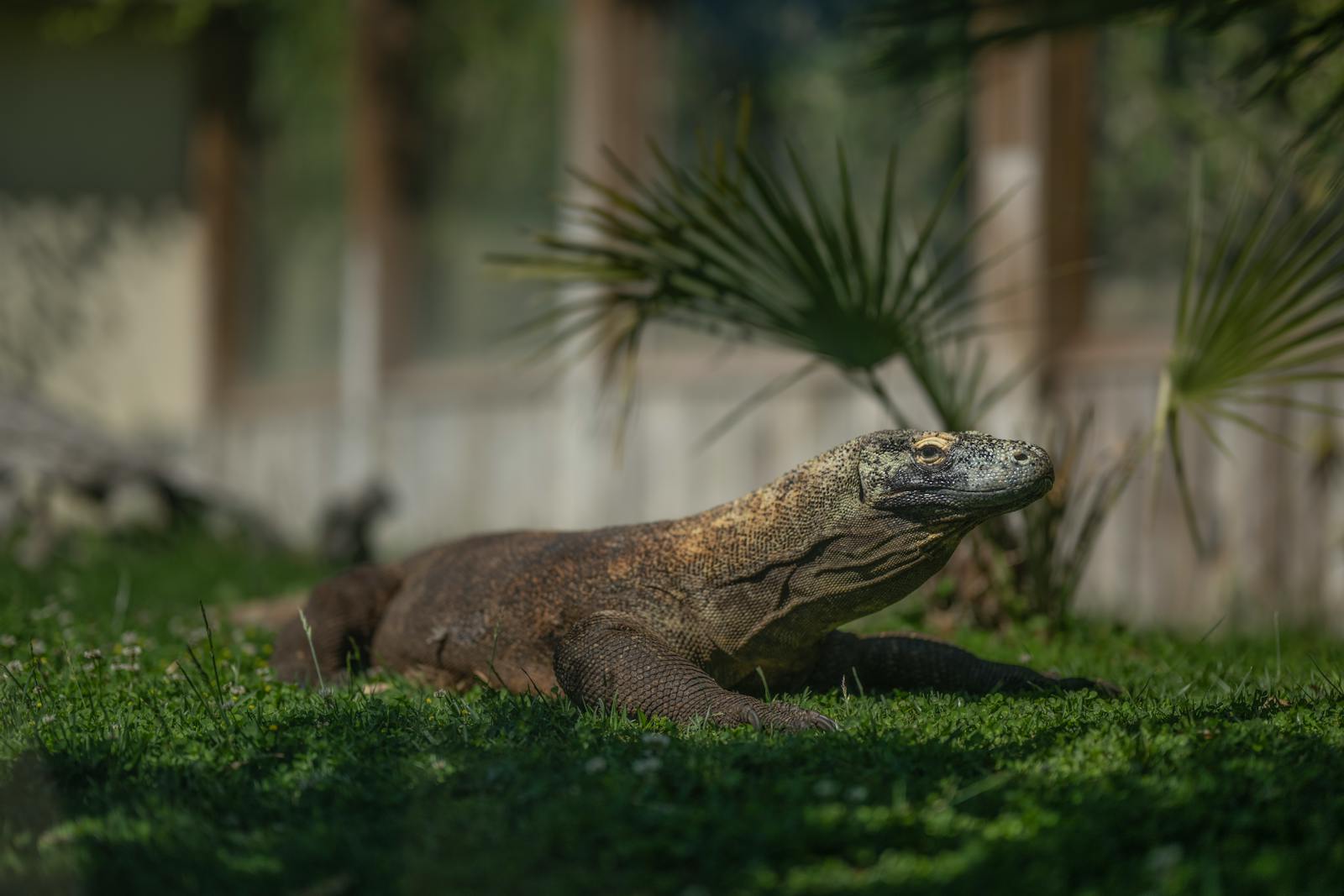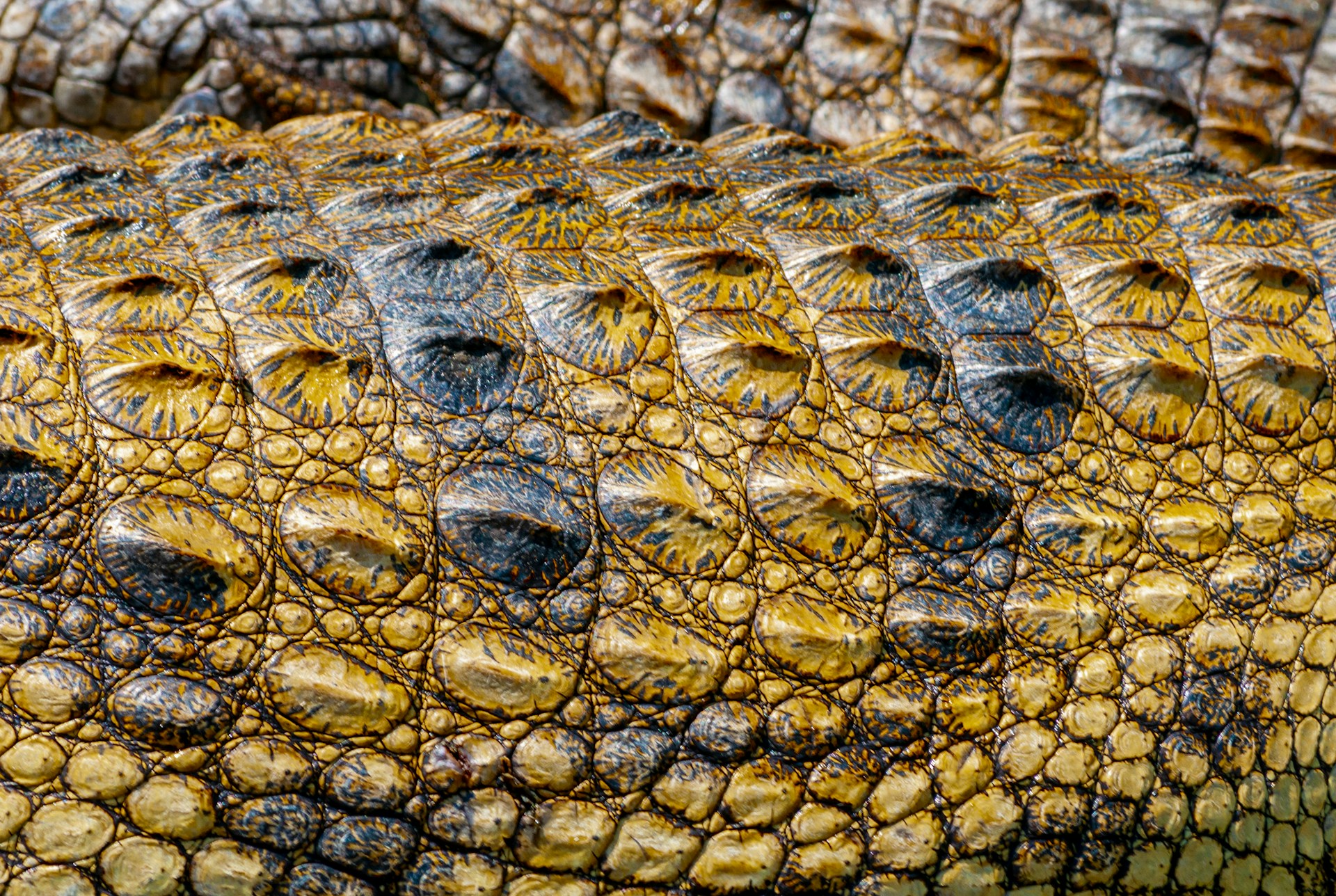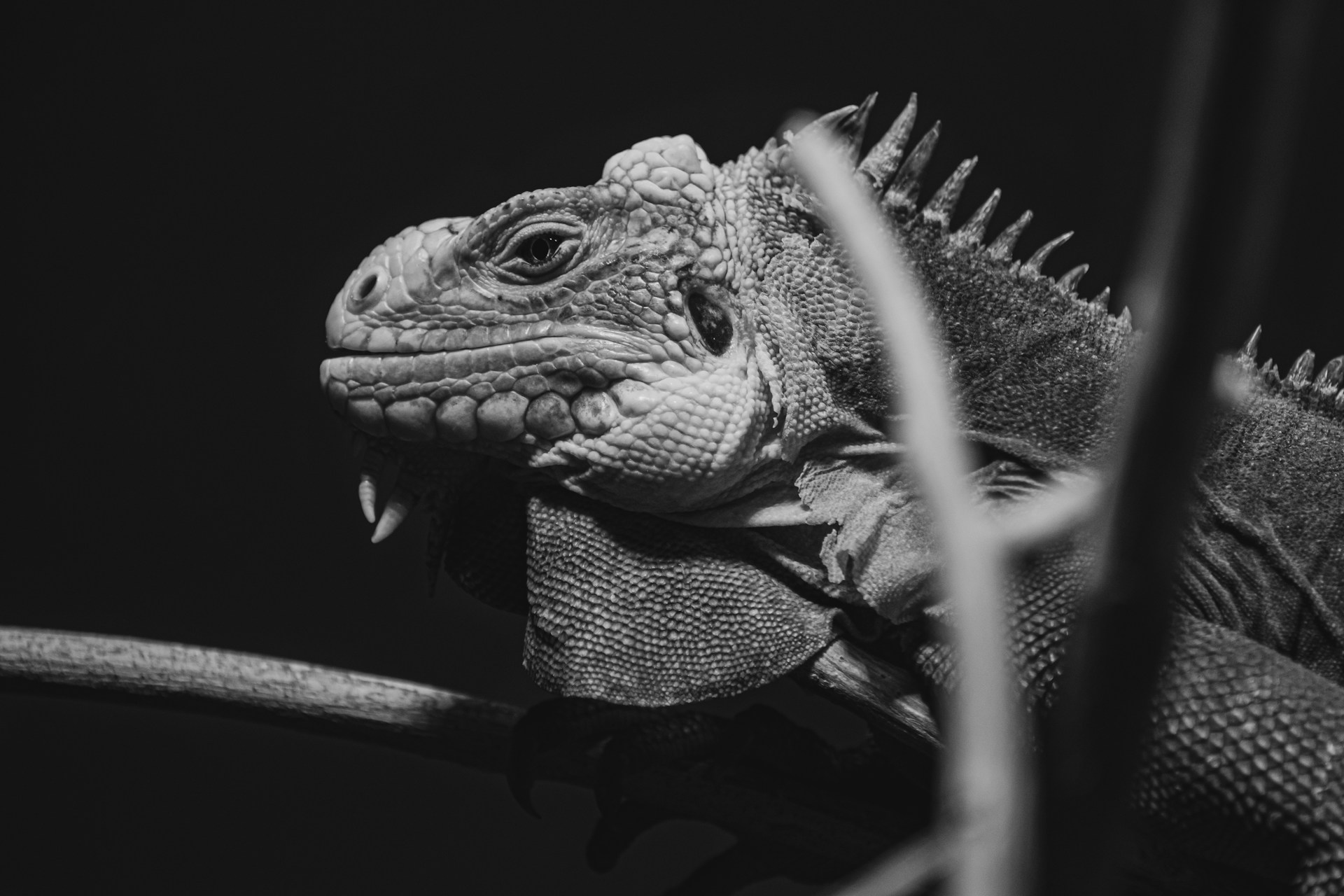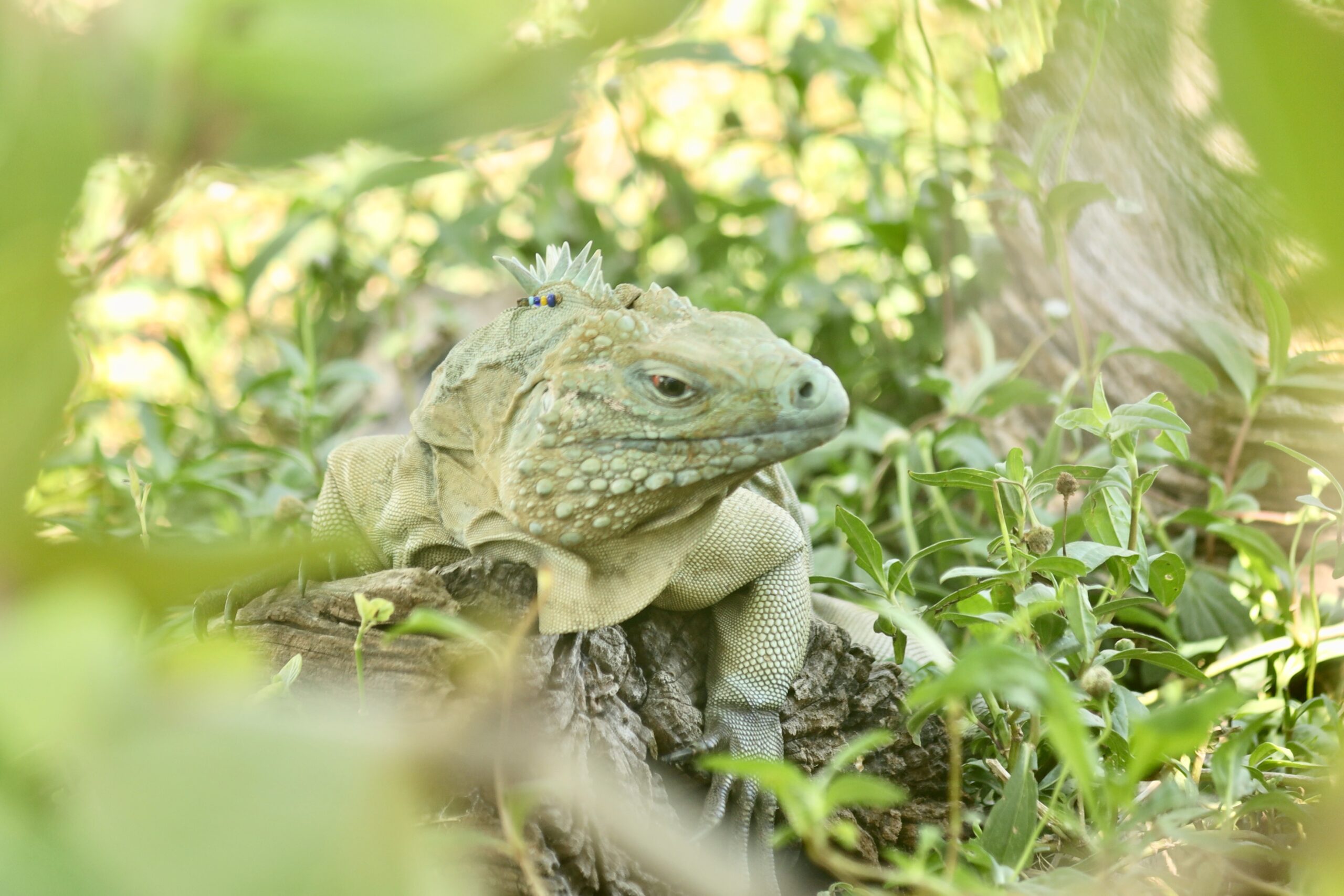In a world where habitat destruction, climate change, and illegal wildlife trade threaten the existence of countless species, reptiles face particularly severe challenges. These remarkable creatures—from tiny geckos to massive crocodilians—play crucial ecological roles yet often receive less conservation attention than charismatic mammals and birds. Zoos and wildlife sanctuaries have emerged as vital frontline defenders in reptile conservation, combining public education, scientific research, breeding programs, and habitat protection. Their work creates powerful safety nets for endangered species while developing innovative approaches to conservation challenges. As we’ll explore, these institutions have transformed from simple exhibition spaces to sophisticated conservation centers making significant contributions to reptile survival worldwide.
The Evolution of Modern Zoos and Sanctuaries
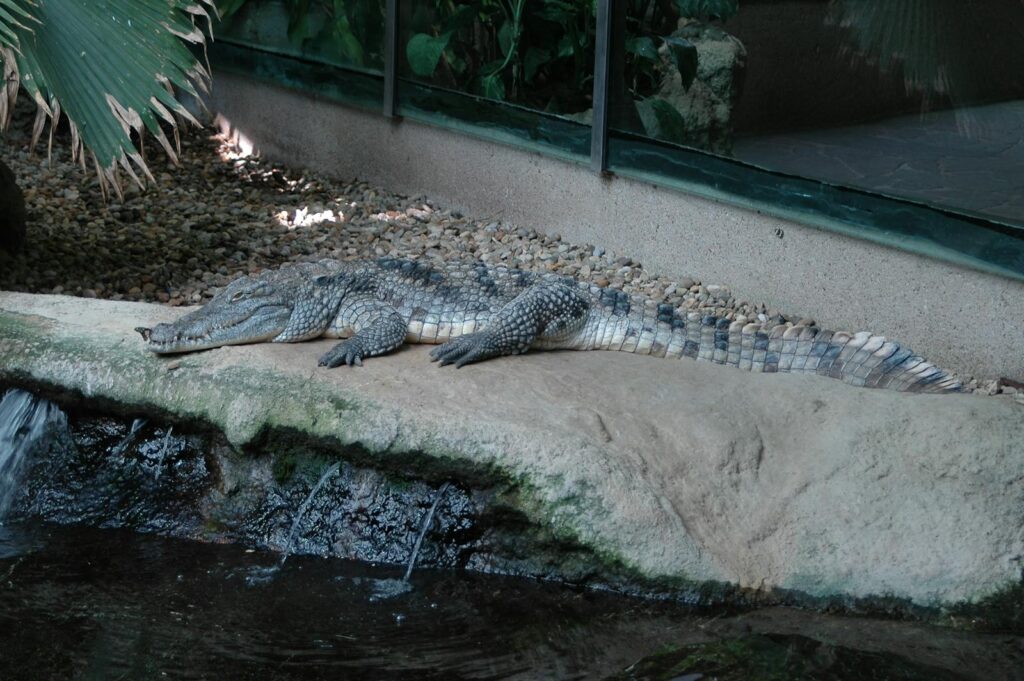
Modern zoos and wildlife sanctuaries have undergone a remarkable transformation over the past century, evolving from simple menageries displaying exotic animals to sophisticated conservation centers with comprehensive missions. Today’s accredited facilities prioritize animal welfare, education, research, and conservation over mere exhibition. For reptiles specifically, this evolution has meant transitioning from basic glass terrariums to complex naturalistic habitats that replicate wild environments with precise temperature gradients, humidity levels, and environmental enrichment. Many leading facilities now dedicate significant resources to in-situ (in the wild) conservation efforts, maintaining specialized breeding centers for critically endangered species, and participating in global conservation networks. This dramatic shift reflects changing public expectations and a growing scientific understanding of conservation needs in our rapidly changing world.
Captive Breeding Success Stories
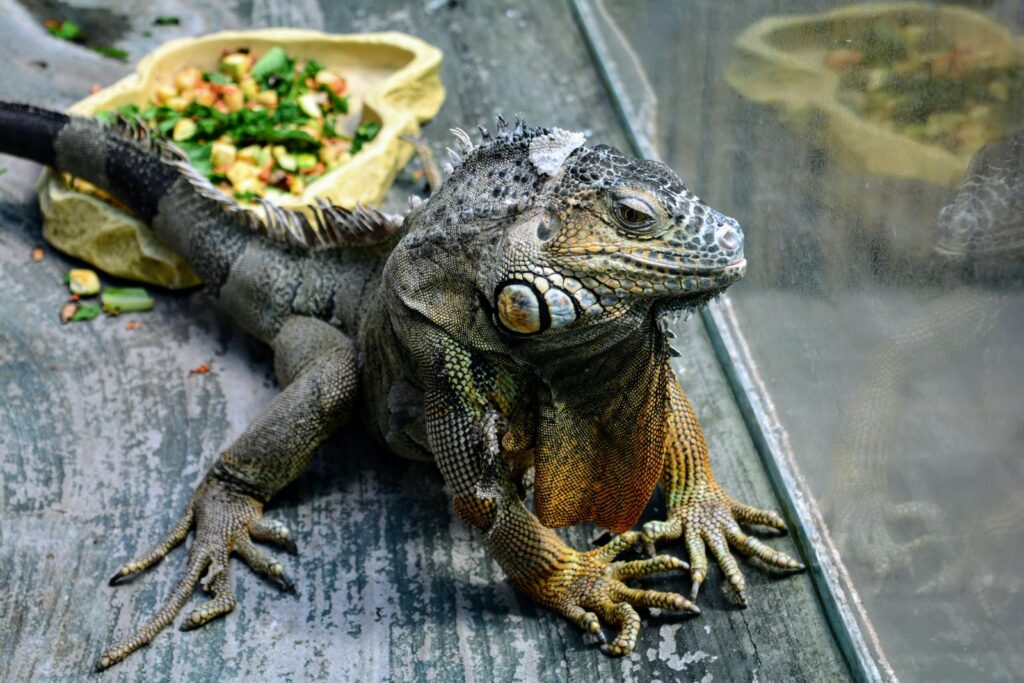
Captive breeding programs represent one of the most direct and successful interventions zoos and sanctuaries offer for threatened reptile species. The American alligator, once endangered throughout its range, recovered significantly thanks to captive breeding and reintroduction efforts coordinated between zoos and wildlife agencies. Similarly, the Jamaican iguana—once thought extinct until a small population was rediscovered in 1990—has benefited enormously from a collaborative breeding program involving several zoological institutions. The Komodo dragon breeding program at zoos worldwide has produced valuable scientific knowledge about reproduction in these magnificent reptiles while maintaining genetically diverse insurance populations. Perhaps most dramatically, the Grand Cayman blue iguana was rescued from the brink of extinction, with fewer than 25 wild individuals in 2004, through an intensive breeding program that has since released over 1,000 individuals back into protected habitats.
Genetic Management and Biodiversity Preservation
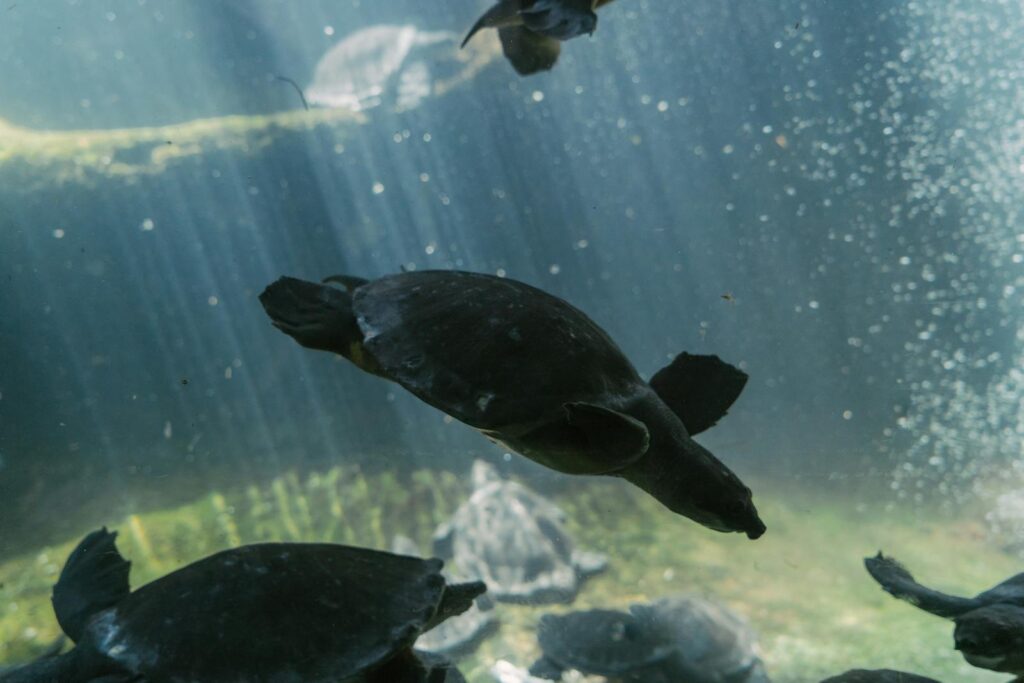
Modern zoo conservation programs place enormous emphasis on sophisticated genetic management to maintain viable reptile populations. Using specialized software and international studbooks, conservation geneticists track relatedness between individuals to minimize inbreeding and maximize genetic diversity in endangered species. Many facilities participate in the Species Survival Plan (SSP) or similar international programs, carefully planning breeding recommendations across multiple institutions to maintain genetically healthy populations. For particularly rare species like the Anegada iguana or the ploughshare tortoise, genetic material may be cryopreserved as insurance against catastrophe. This genetic management extends beyond immediate conservation needs, as researchers also study evolutionary relationships, population genetics, and adaptations that can inform conservation strategies both in captivity and the wild.
Advances in Reptile Husbandry and Veterinary Care
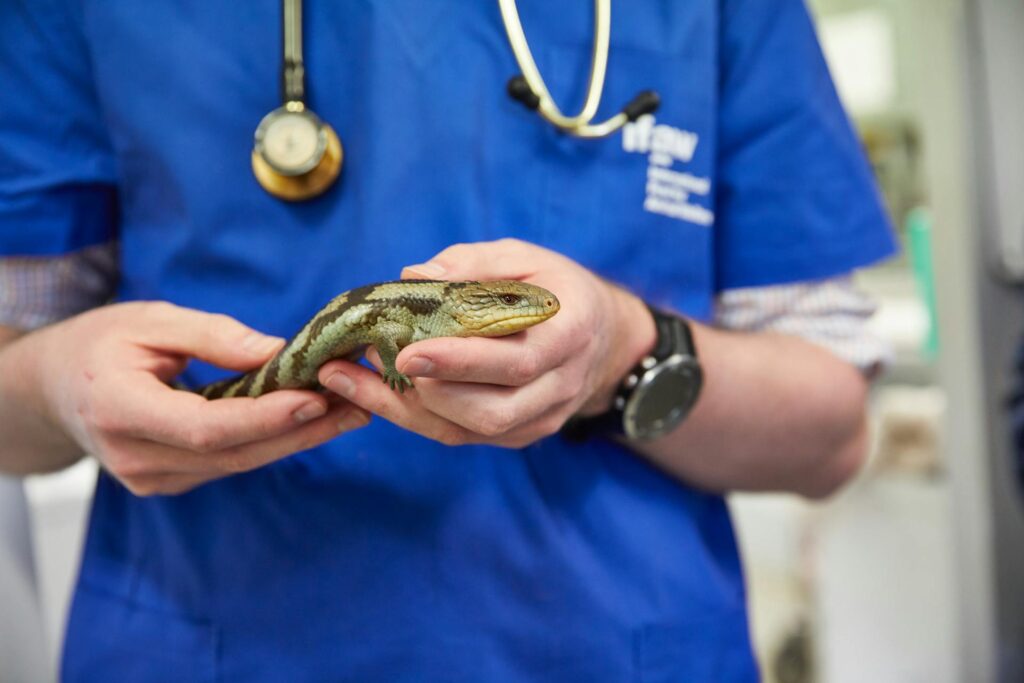
Zoos and wildlife sanctuaries have dramatically improved reptile husbandry practices, developing specialized knowledge that benefits both captive and wild populations. Veterinary medicine for reptiles has made enormous strides, with advances in diagnostics, surgical techniques, and treatments for previously untreatable conditions. Nutritional science for reptiles has evolved significantly, with specialized diets formulated to prevent common deficiencies and promote optimal health and reproduction. Behavioral enrichment—providing stimulating environments that encourage natural behaviors—has become standard practice, improving welfare and generating insights about reptile cognition and needs. These advances often directly translate to conservation applications, such as when health screening protocols developed in zoos are applied to wild populations facing disease threats, or when improved incubation techniques developed for captive breeding are shared with in-situ conservation projects.
Public Education and Changing Perceptions
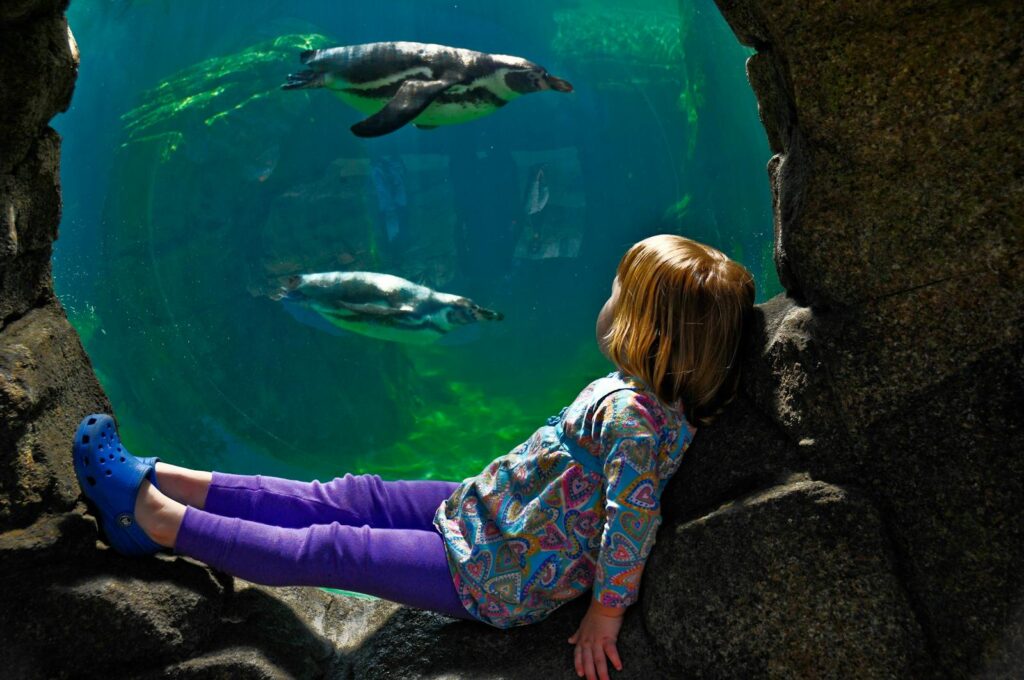
Perhaps one of the most significant contributions zoos and sanctuaries make to reptile conservation is transforming public perceptions of these often misunderstood animals. Through thoughtfully designed exhibits, engaging educational programs, and up-close encounters, these institutions help visitors appreciate reptiles’ ecological importance and intrinsic value. Many facilities specifically design interpretive materials to address common misconceptions and fears, helping visitors understand that reptiles are not simply “cold-blooded killers” but sophisticated animals with complex behaviors and ecological roles. School programs often include hands-on experiences with appropriate ambassador species, creating powerful connections between children and reptiles that can foster lifelong conservation values. By connecting people emotionally with reptiles through personal experiences, zoos and sanctuaries create engaged advocates willing to support conservation efforts financially and politically.
Field Conservation Partnerships
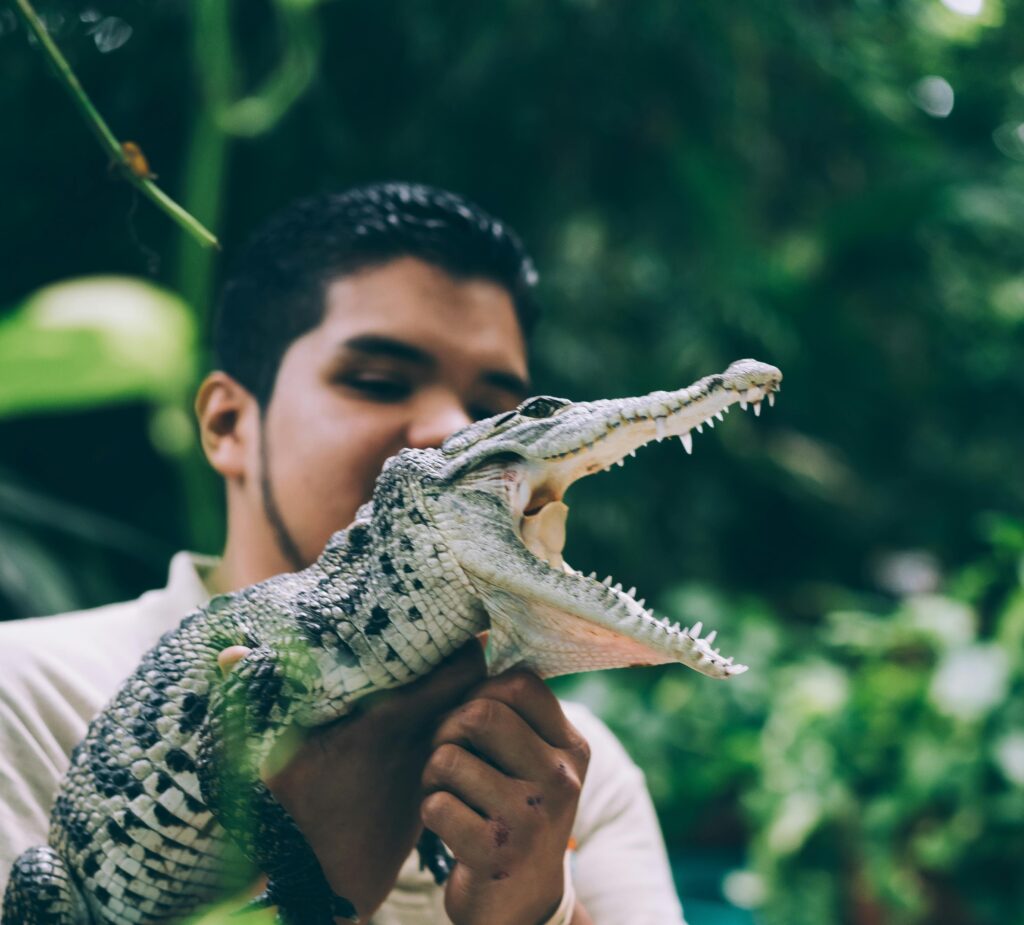
Many leading zoos and sanctuaries extend their conservation impact far beyond their own facilities through direct partnerships with field conservation projects worldwide. The San Diego Zoo Wildlife Alliance supports iguana conservation throughout the Caribbean, providing financial resources, technical expertise, and scientific support to local conservation organizations. Similarly, the Turtle Survival Alliance partners with numerous zoos to protect critically endangered turtles and tortoises across Asia, Africa, and the Americas. These partnerships often leverage the specialized knowledge of zoo professionals, sending veterinarians, husbandry experts, and researchers to assist with field projects addressing immediate conservation needs. By connecting captive management expertise with on-the-ground conservation work, these partnerships create powerful synergies that benefit reptile species worldwide.
Combating Illegal Wildlife Trade
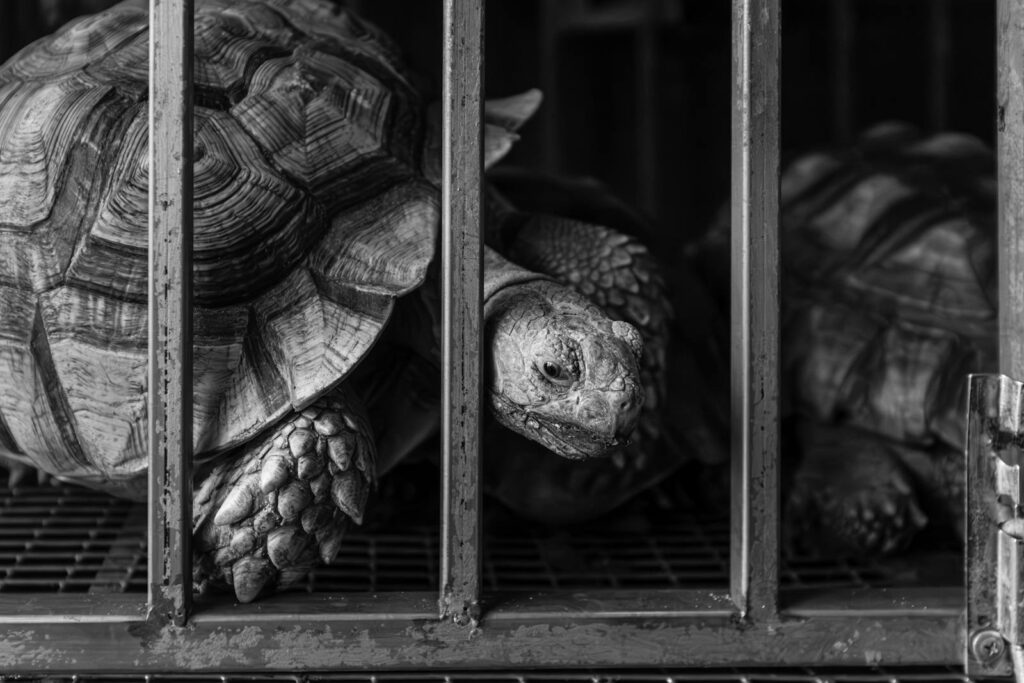
Illegal wildlife trafficking represents one of the most serious threats to many reptile species, with rare specimens commanding extraordinary prices in black markets. Zoos and sanctuaries play critical roles in addressing this threat on multiple fronts. Many facilities provide sanctuary for confiscated animals, caring for reptiles seized during law enforcement operations and giving them homes when they cannot be returned to the wild. Zoo professionals often serve as expert witnesses in wildlife trafficking cases, helping authorities identify species and providing testimony about their conservation status and care requirements. Educational programs specifically addressing wildlife trafficking help visitors understand the devastating impact of this illegal trade on wild populations. Some institutions actively support anti-poaching initiatives in critical reptile habitats, funding ranger patrols and community monitoring programs that directly protect vulnerable populations.
Research Contributions to Conservation Science
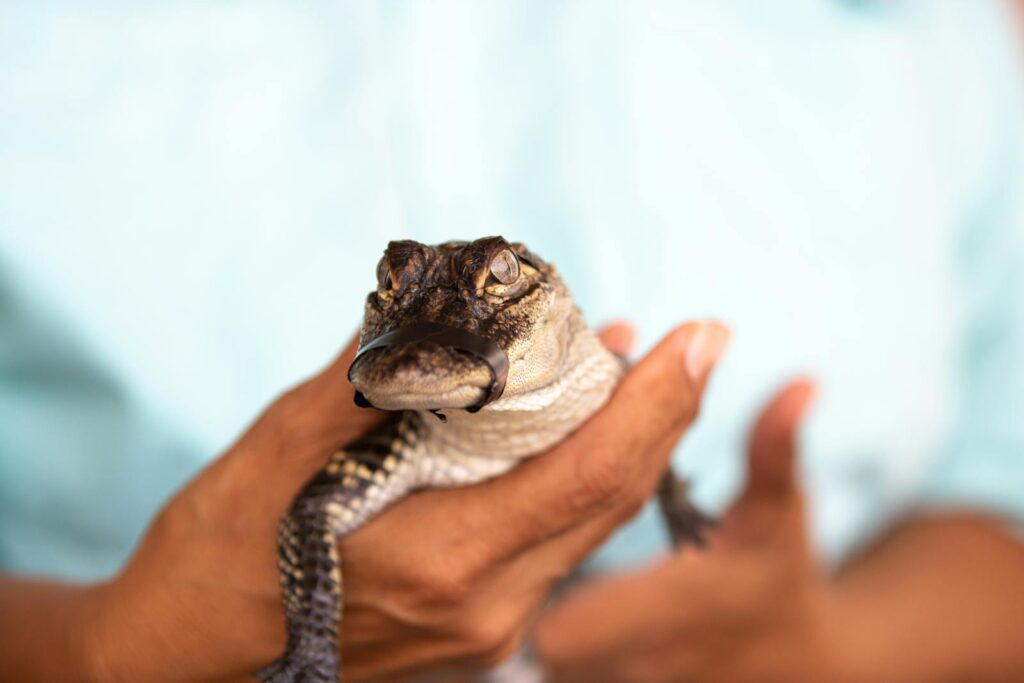
The controlled environments of zoos and sanctuaries create unique opportunities for conservation-relevant research that would be difficult or impossible to conduct in the wild. Reproductive studies conducted in zoo settings have revealed previously unknown aspects of reptile breeding biology, from hormone cycles in Komodo dragons to incubation requirements for critically endangered turtles. Health research in captive populations has identified emerging disease threats and developed treatments that can be applied to wild populations. Behavioral studies in naturalistic enclosures provide insights into habitat requirements and social dynamics that inform field conservation strategies. Many institutions maintain specialized research departments and collaborate with universities, publishing peer-reviewed findings that advance reptile conservation science worldwide.
Head-Starting Programs for Vulnerable Species
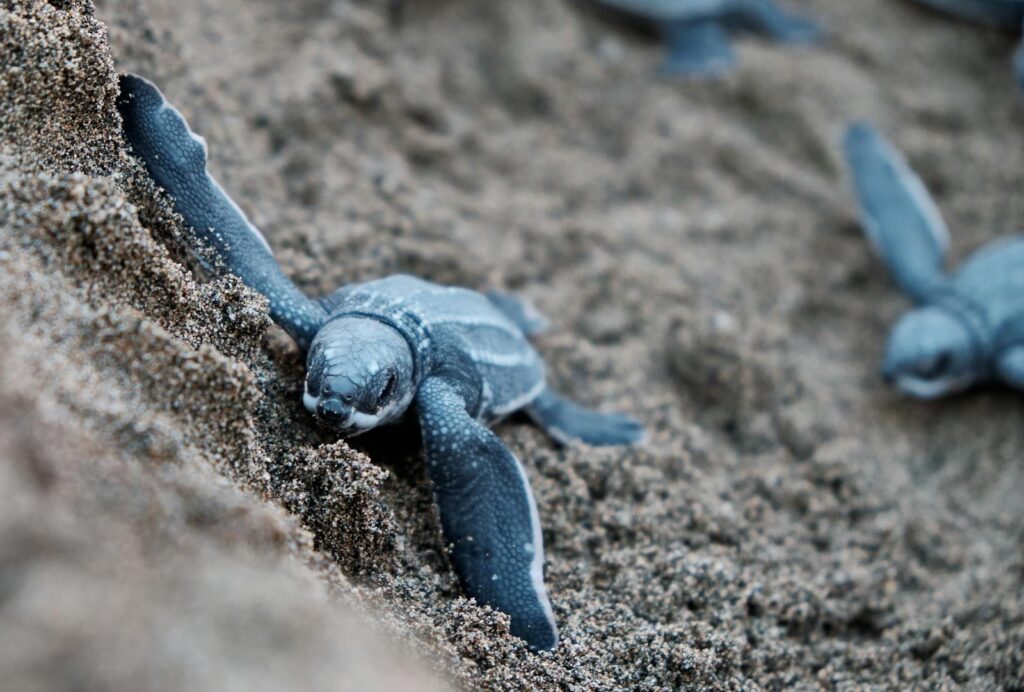
Head-starting—raising young reptiles in protected environments until they reach sizes less vulnerable to predation before release—has become a powerful conservation tool refined by zoo professionals. The Burmese star tortoise, reduced to fewer than 100 individuals in the wild, has benefited enormously from head-starting programs that have now released over 1,000 captive-bred tortoises into protected areas in Myanmar. Similarly, the Western pond turtle receives critical support from head-starting initiatives at several American zoos, giving young turtles time to grow beyond the size where introduced bullfrogs can prey on them. These programs often combine ex-situ breeding expertise with careful release strategies developed through collaboration with field biologists. The success of these initiatives highlights how zoo-based conservation can directly bolster wild populations of vulnerable reptile species facing specific threats during early life stages.
Training Conservation Professionals
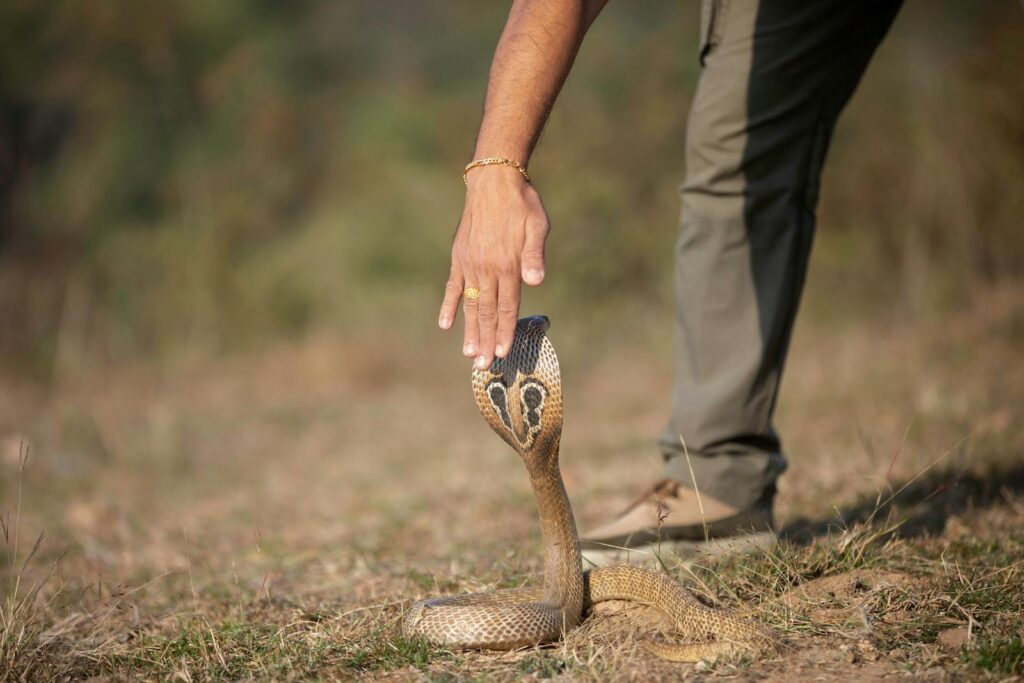
Zoos and sanctuaries serve as crucial training grounds for the next generation of reptile conservation professionals, providing specialized knowledge and hands-on experience difficult to obtain elsewhere. Many facilities offer internships, keeper training programs, and veterinary residencies specifically focused on reptile management and conservation. These practical experiences complement academic training, preparing professionals who understand both the theoretical and practical aspects of reptile conservation. Staff from these institutions frequently conduct capacity-building workshops in range countries, training local biologists in specialized techniques for reptile monitoring, health assessment, and habitat management. By developing global networks of trained professionals, these educational efforts create lasting infrastructure for reptile conservation that extends far beyond the institutions themselves.
Climate Change Adaptation Strategies
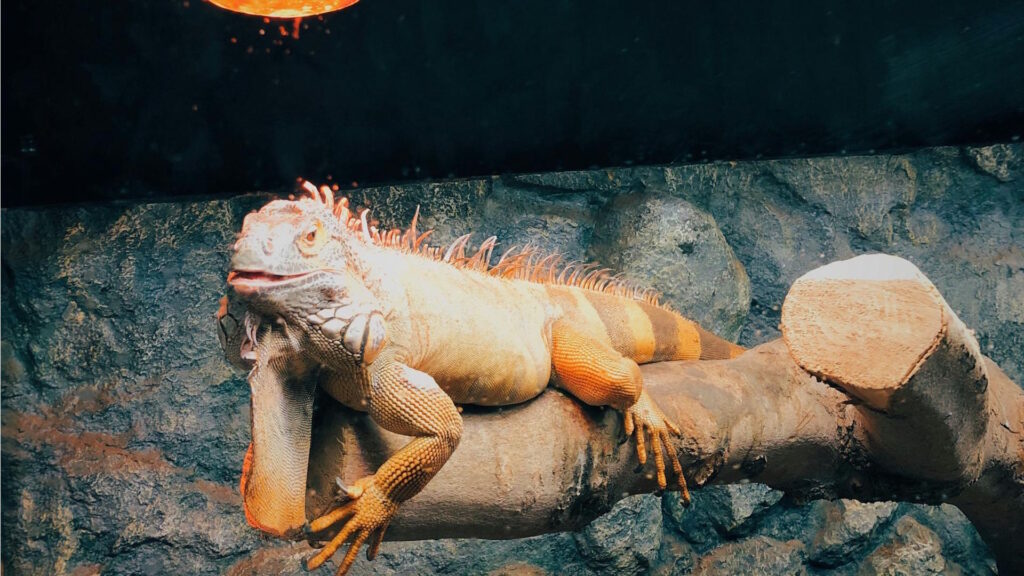
As climate change increasingly threatens reptile populations worldwide, zoos and sanctuaries are developing innovative adaptation strategies. Many reptiles have temperature-dependent sex determination, making them particularly vulnerable to warming temperatures that could skew population sex ratios. Zoo-based research on incubation temperatures provides critical data for predicting these effects and developing mitigation strategies like artificial shade structures over nesting beaches. Captive breeding programs serve as insurance against climate-driven extinctions, maintaining populations that could be reintroduced if suitable habitat becomes available in the future. Some facilities are pioneering assisted migration approaches, establishing populations in new areas predicted to become suitable habitat as climate zones shift. Through these forward-looking programs, zoos and sanctuaries help create resilience against one of the most pervasive threats facing reptile species globally.
Habitat Protection and Restoration Initiatives
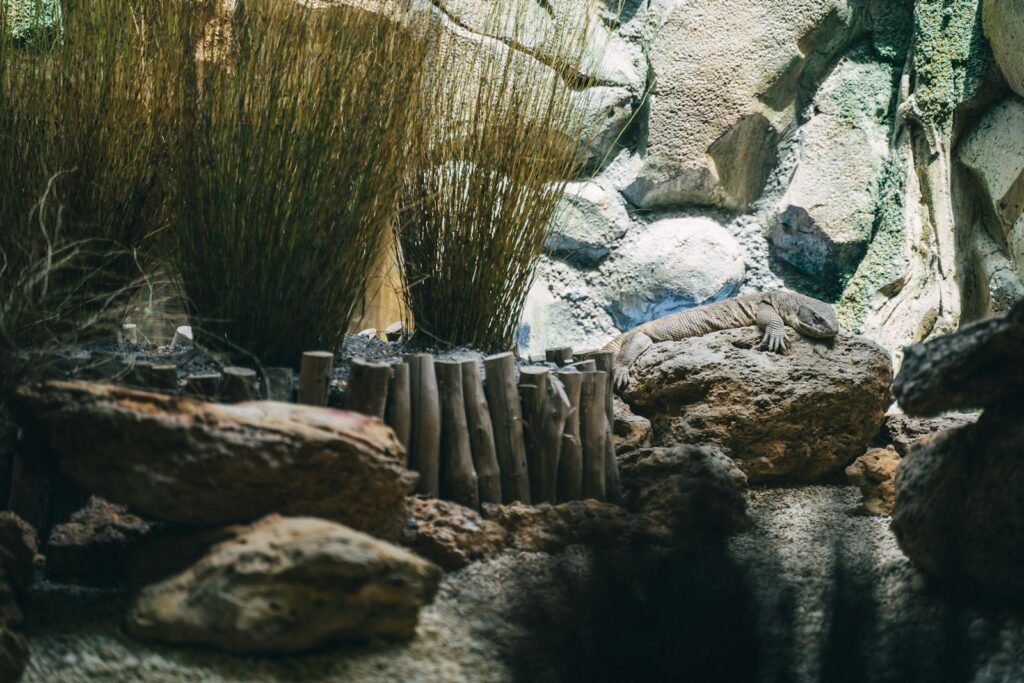
Recognizing that reptiles ultimately need wild habitats to survive, many zoos and sanctuaries directly support habitat protection and restoration projects. The Durrell Wildlife Conservation Trust, for example, manages habitat restoration projects for endemic reptiles on Mauritius and other islands, combining captive breeding with intensive habitat management. Several American zoos support protection of nesting beaches for endangered sea turtles throughout the Caribbean, funding both habitat acquisition and community-based conservation programs. The Australian Reptile Park contributes to bushfire recovery efforts that directly benefit reptile habitats threatened by increasingly severe wildfires. By addressing the fundamental need for suitable habitat, these initiatives tackle the root causes of reptile declines rather than just treating symptoms.
The Future of Zoo-Based Reptile Conservation
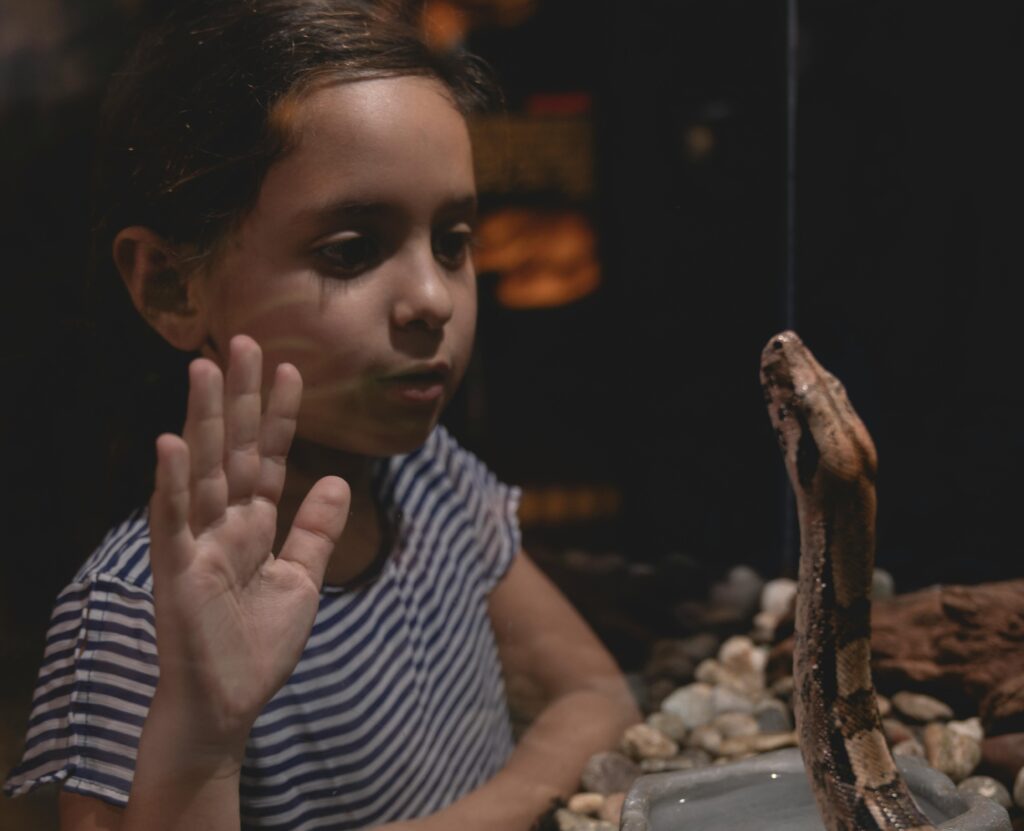
Looking ahead, zoos and wildlife sanctuaries are positioning themselves to meet emerging challenges in reptile conservation through innovation and expanded partnerships. Many facilities are investing in biobanking initiatives, preserving genetic material and cell lines from threatened species as insurance against extinction and potential future restoration. Advanced technologies like environmental DNA monitoring, developed with zoo research support, are being deployed to track elusive reptile species in the wild more effectively. Increased collaboration between zoos, field conservation organizations, governments, and local communities promises more integrated approaches to complex conservation challenges. As public awareness of the biodiversity crisis grows, these institutions are uniquely positioned to channel that concern into effective conservation action for reptiles worldwide.
In conclusion, zoos and wildlife sanctuaries have evolved into sophisticated conservation centers making vital contributions to reptile survival. Through captive breeding, research, education, field partnerships, and direct habitat protection, these institutions help create futures for species that might otherwise disappear forever. Their work extends far beyond their own walls, influencing conservation practice worldwide and developing innovative solutions to emerging threats. As biodiversity faces unprecedented pressures, the integrated approach exemplified by modern zoos and sanctuaries—combining ex-situ and in-situ conservation with public engagement—offers powerful models for effective reptile conservation. By supporting these institutions and their conservation programs, the public can directly contribute to ensuring reptiles remain part of our planet’s remarkable biodiversity for generations to come.

